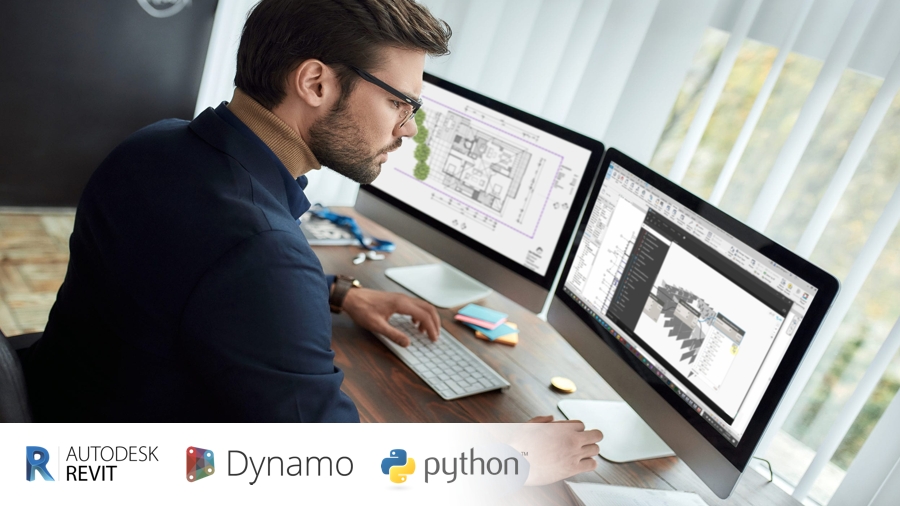Knowing about BIM is essential if your field of study is architecture, engineering or construction. BIM is a collaborative work methodology that replaces CAD and is mainly used for the implementation of architecture and construction projects. It gets its name from the acronym for Building Information Modeling and has increased its global presence exponentially in recent years thanks to its high technology.
This has meant a leap forward in different directions. But above all, it has created a technological gap with respect to the traditional AutoCAD, which has become obsolete and superseded by this new methodology. And it is that you only need to understand a Building Information Modeling to realize at the moment all the advantages it brings and that you should know if you are still not completely convinced of the importance that BIM will have in your future work.

What BIM brings?
We talk about advantages of time, resources, opportunities and above all possibilities. The BIM system allows for a complete digital construction, but it is not limited to the project, but also extends to the life cycle of the building. In addition, its main use is that it provides geometric (3D), time (4D), cost (5D), environmental (6D) and maintenance (7D) information. All this gives the possibility of creating all the technical, physical, energetic, functional characteristics and of any other type that a construction may have.
What BIM programs exist?
Autodesk Revit is the software par excellence. It uses BIM technology, which makes it the most widely used program throughout the planet. With a Revit, the first step is taken to get to know this methodology in depth, to which other plugins and programs such as Navisworks or Dynamo are mainly added. ArchiCAD or Bentley also use BIM technology, although its use is more residual.
BIM mandatory in construction field
But if you really want to know what BIM is and why it is essential if you are an architect or about to become one, then read carefully: since January 2018, BIM is, by order of the European Union, mandatory for Public Building Tenders. And not only that, it will also be mandatory in 2019 for Public Infrastructure Tenders.
This regulation approved by the European Parliament is a true reflection of the importance that the BIM system has acquired within the world of construction and architecture, where this new methodology allows presenting hyper-realistic and hyper-detailed projects with less cost of time, resources and money.
Take the leap to BIM!









